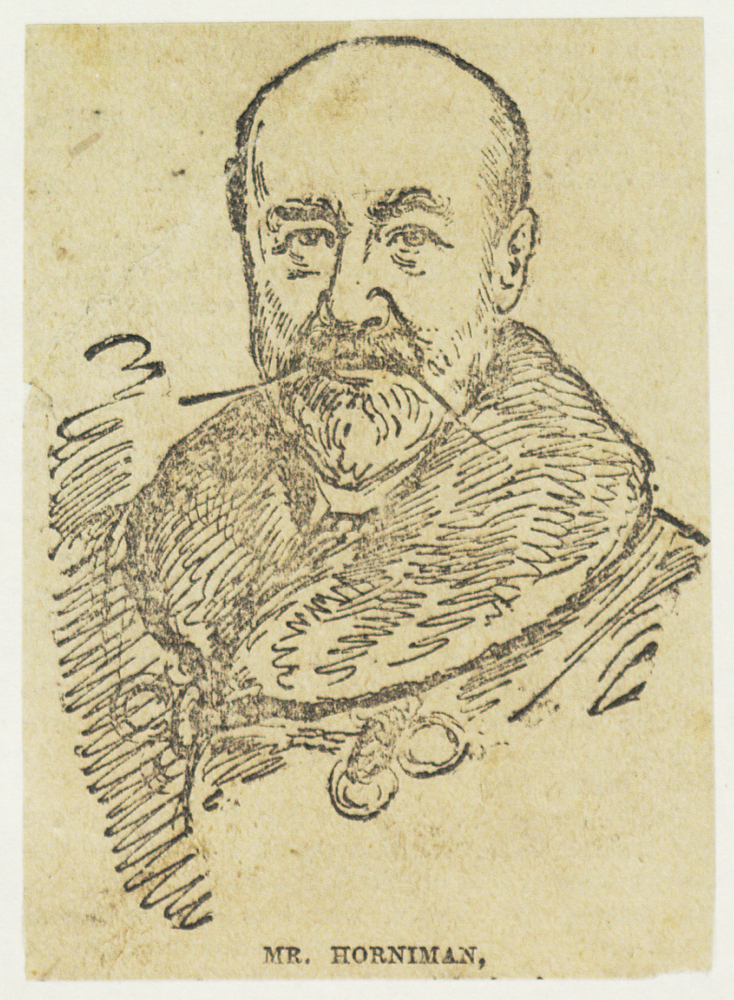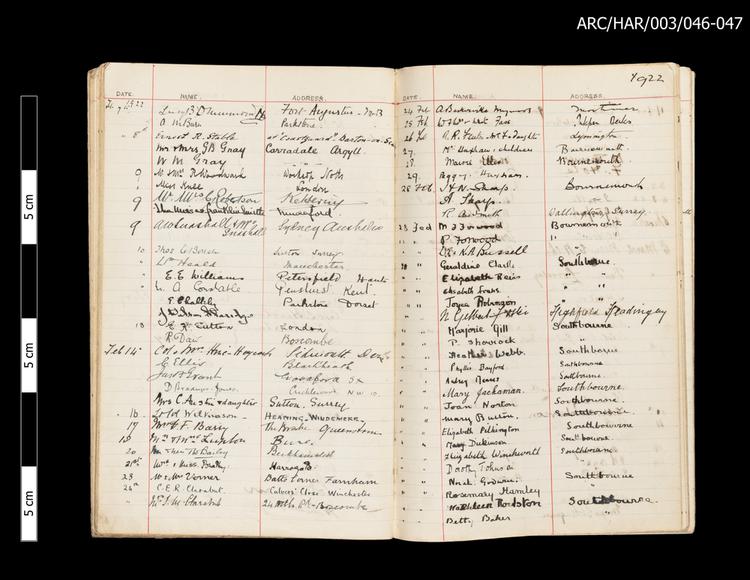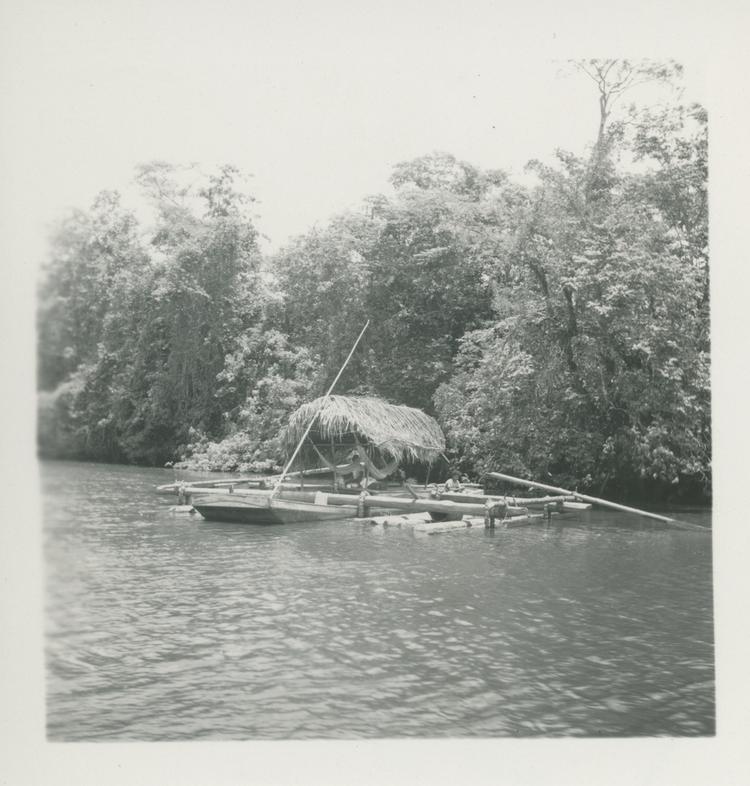
One newspaper article presenting the Horniman Museum, and Mr. Horniman’s continuous efforts to extend the collection fund at that time. The Horniman Museum at Forrest Hill was inaugurated as a public institution in 1890, but some of the housed collections dated some 30 years back. The success of the enterprise can be deduced from the fact that, although only open to the public three days a week, the attendance was of nearly 50,000 visitors per year. The Museum extended to twenty-four saloons, with an extra one to be opened that March for the newly acquired Indian collection. Mr. Horniman’s extensive trips to India allowed him to collect a vast diversity of objects, such as Jaipur metal works, embroidery, woven materials, pottery and carvings. In the Himalayas, he had the opportunity to make his most valuable purchases at that time: a large figure of Chanraigee, made of copper and plated with gold; prayer carpets; lama ceremony dresses; amulets, belts, bells, weapons, etc. The collection was initially amassed by Mr. Mowis’ native travellers, and Mr. Horniman’s visit and subsequent purchase proved to be fortunately timed. Another set of purchases was made from S. J. Tellery & Co: a carved sandalwood panel, Surat ivory boxes, Hoshiarpur looking-glass, pottery, Persian antiquities and a life size statue of goddess Kali. The unknown author of the article concludes that Mr. Horniman’s Indian collection is a welcome sign of the times, responding to the general public’s rising interest in India.






